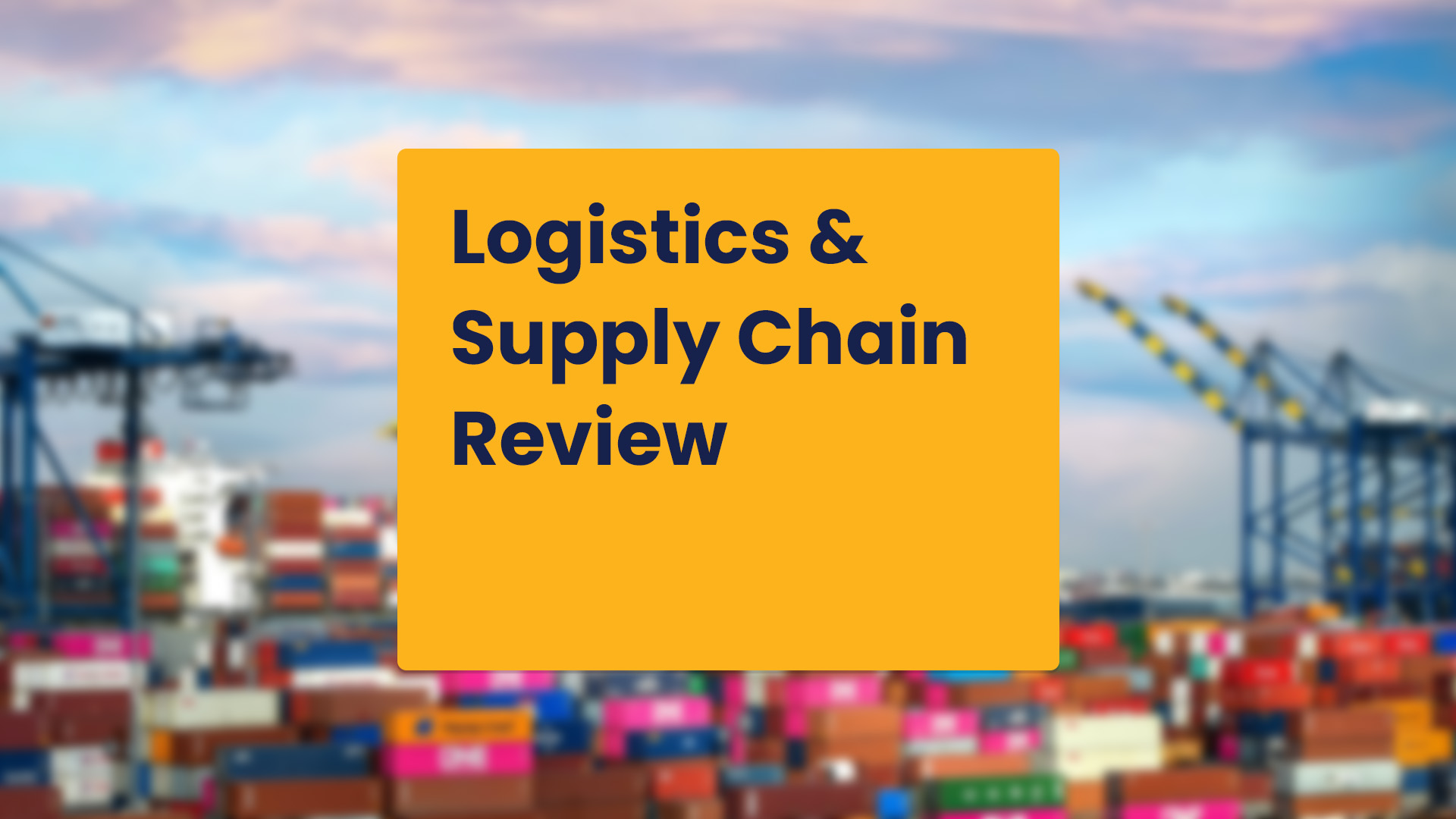The chemical logistics world requires the utmost precision for third-party logistics (3PL) and fourth-party logistics (4PL) handling dangerous goods. Thus, the management of hazardous materials adds an extra layer of complexity, making business continuity planning (BCP) critical.
The Stakes are High: Understanding the Landscape of Managing Dangerous Goods
- Regulatory Landscape: 3PLs and 4PLs dealing with dangerous goods face a web of stringent regulations. Non-compliance can result in severe consequences, including fines and legal actions.
- Safety First: Handling dangerous goods poses inherent risks to human safety and the environment. Accidents or mishandling incidents can lead to catastrophic consequences. The Occupational Safety and Health Administration (OSHA) reports that in 2023, there were more than 850,000 work-related injuries and illnesses.
- Supply Chain Disruptions: Disruptions in the supply chain can have a domino effect, especially when dealing with dangerous goods.
What are the Pillars of Effective Business Continuity Planning?
- Risk Mitigation through Scenario Planning: Understanding potential risks is the first step. For 3PLs/4PLs handling dangerous goods, scenario planning is crucial. Simulating various crisis situations helps identify vulnerabilities and develop tailored responses. This proactive approach can significantly reduce the impact of unforeseen events.
- Communication Protocols: Clear and timely communication is paramount during a crisis. Establishing communication protocols ensures that information is disseminated efficiently.
- Redundancies and Backup Systems: Building redundancies into critical systems is a cornerstone of BCP. For 3PLs/4PLs handling dangerous goods, this involves having backup transportation routes, storage facilities, and communication systems.
- Employee Training and Awareness: Employees are the front line when it comes to handling dangerous goods. Regular training sessions and awareness programs ensure that staff members are well-equipped to respond to emergencies. According to the Federal Emergency Management Agency (FEMA), organizations with well-trained employees are more likely to recover quickly from disruptions.
- Supply Chain Mapping: Mapping the supply chain is fundamental for 3PLs handling hazardous materials. Understanding the dependencies and potential bottlenecks enables better preparedness. This can help you recover from disruptions faster.
- Remote Work Capabilities: The ability to work remotely has become crucial, as seen in recent global shifts. Integrating remote work capabilities into the BCP ensures that essential functions can continue, even if physical spaces are inaccessible.
- Regular Testing and Updating: A BCP is not a one-time effort. Regular testing through simulated drills helps identify gaps and areas for improvement. Updates should be made based on lessons learned and changes in the operating environment.

How do you implement a Critical Business Continuity Plan for 3PLs/4PLs?
Having a well-crafted BCP is only the beginning. Implementing it effectively is where the rubber meets the road for chemical logistics organizations.
- Leadership Commitment: Leadership commitment is crucial. Top management should actively support and champion the BCP, emphasizing its importance across all levels of the organization.
- Cross-Functional Collaboration: Establishing cross-functional teams responsible for different aspects of the BCP enhances coordination. These teams should include representatives from various departments, ensuring a holistic approach to continuity. We recommend regular collaboration with emergency responders in the community.
- Regular Drills and Training: Conducting regular drills and training sessions keeps employees sharp and familiar with their roles during a crisis. This hands-on experience enhances the effectiveness of the BCP when it's needed the most. damage during a data breach.
- Continuous Monitoring and Evaluation: Continuous monitoring of the BCP's effectiveness is vital. This involves tracking key performance indicators, analyzing response times, and seeking feedback from employees. Regular evaluations help identify areas for improvement.
- Collaboration with Stakeholders: Collaboration with external stakeholders, including suppliers and customers, is essential. Open communication and sharing aspects of the BCP relevant to external parties strengthen relationships and align crisis response strategies.
There are key differences when it comes to a 3PL versus a 4PL. With 3PLs, they must collaborate with stakeholders often in siloes to gain a comprehensive view of their overall supply chain and mitigate against risks. Conversely, 4PLs are better equipped to handle disruptions and events as they already have a holistic view over the entire landscape of a supply chain, making them more nimble with their continuity planning.
Conclusion
In the high-stakes world of 3PLs/4PLs handling dangerous goods, business continuity planning is not just a best practice—it's vital. Understanding the risks, developing a comprehensive plan, and implementing it effectively ensure that 3PLs/4PLs can navigate disruptions with resilience. As the logistics landscape continues to evolve, the commitment to business continuity planning will distinguish 3PLs/4PLs as reliable and resilient partners in the complex realm of handling dangerous goods.
Get more articles like this in your inbox
Sign up for our monthly newsletter
Find more articles
More from Rinchem
Weekly Global Logistics & Supply Chain Review | December 11, 2025

Weekly Global Logistics & Supply Chain Review | December 3, 2025

Weekly Global Logistics & Supply Chain Review | November 26, 2025

Weekly Global Logistics & Supply Chain Review | November 19, 2025

